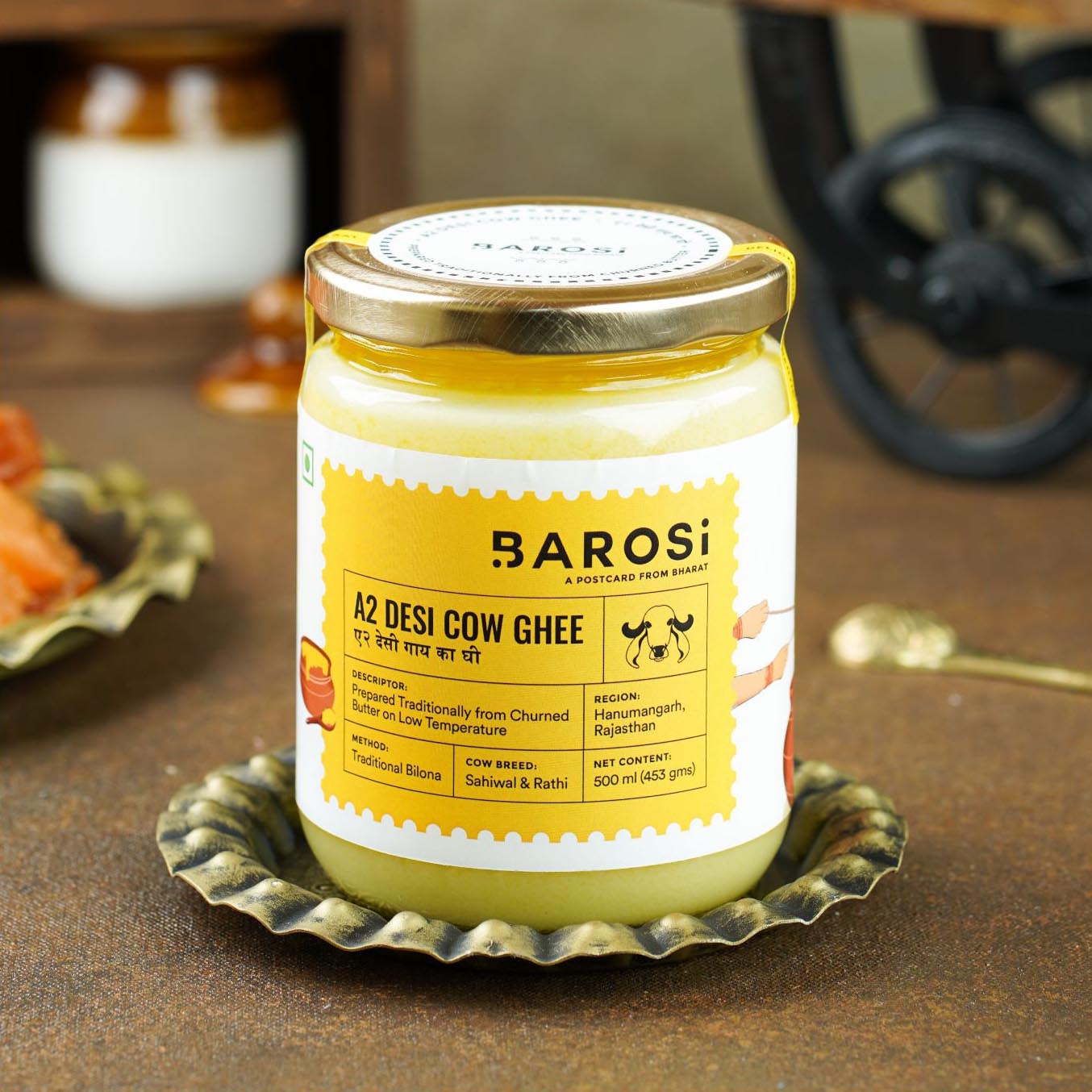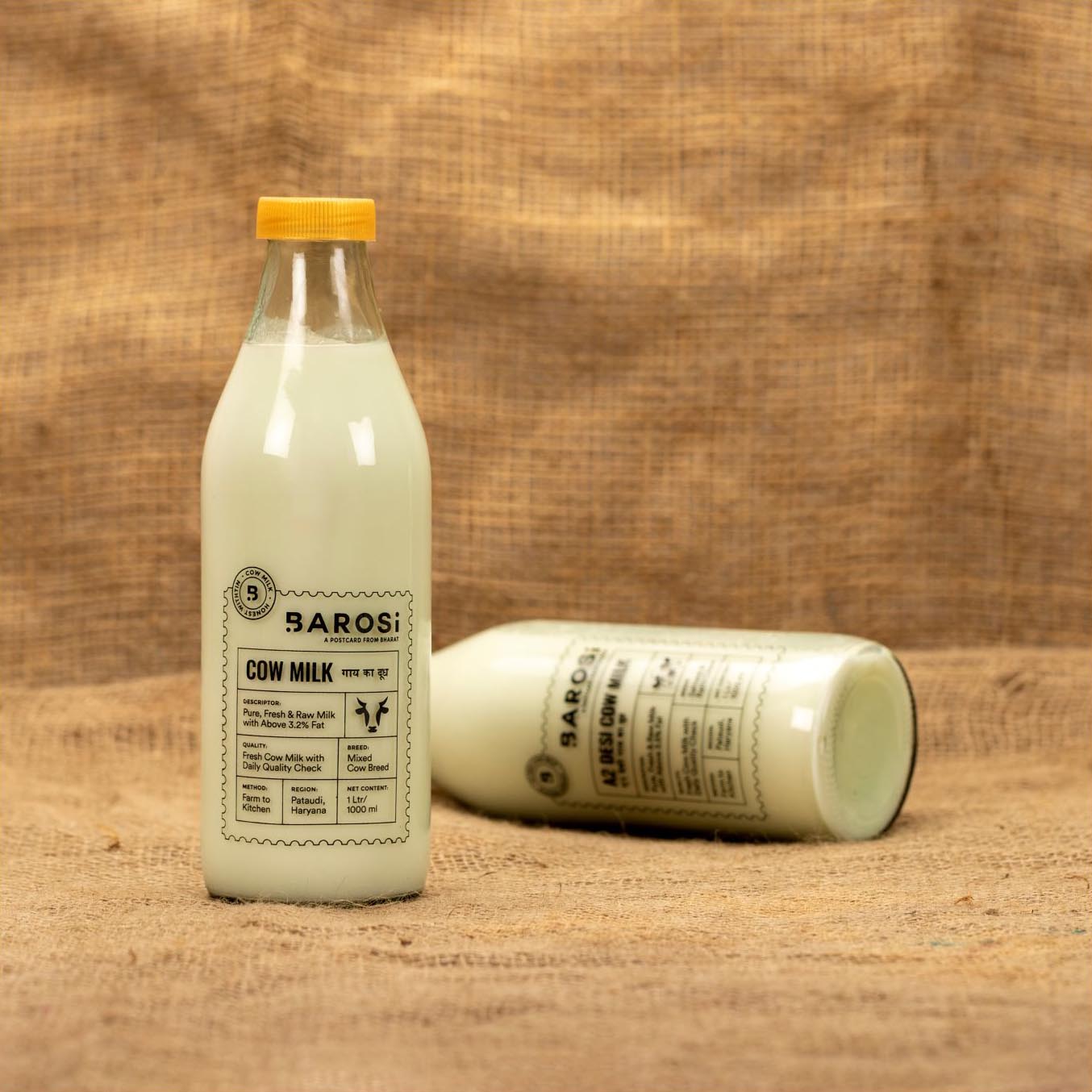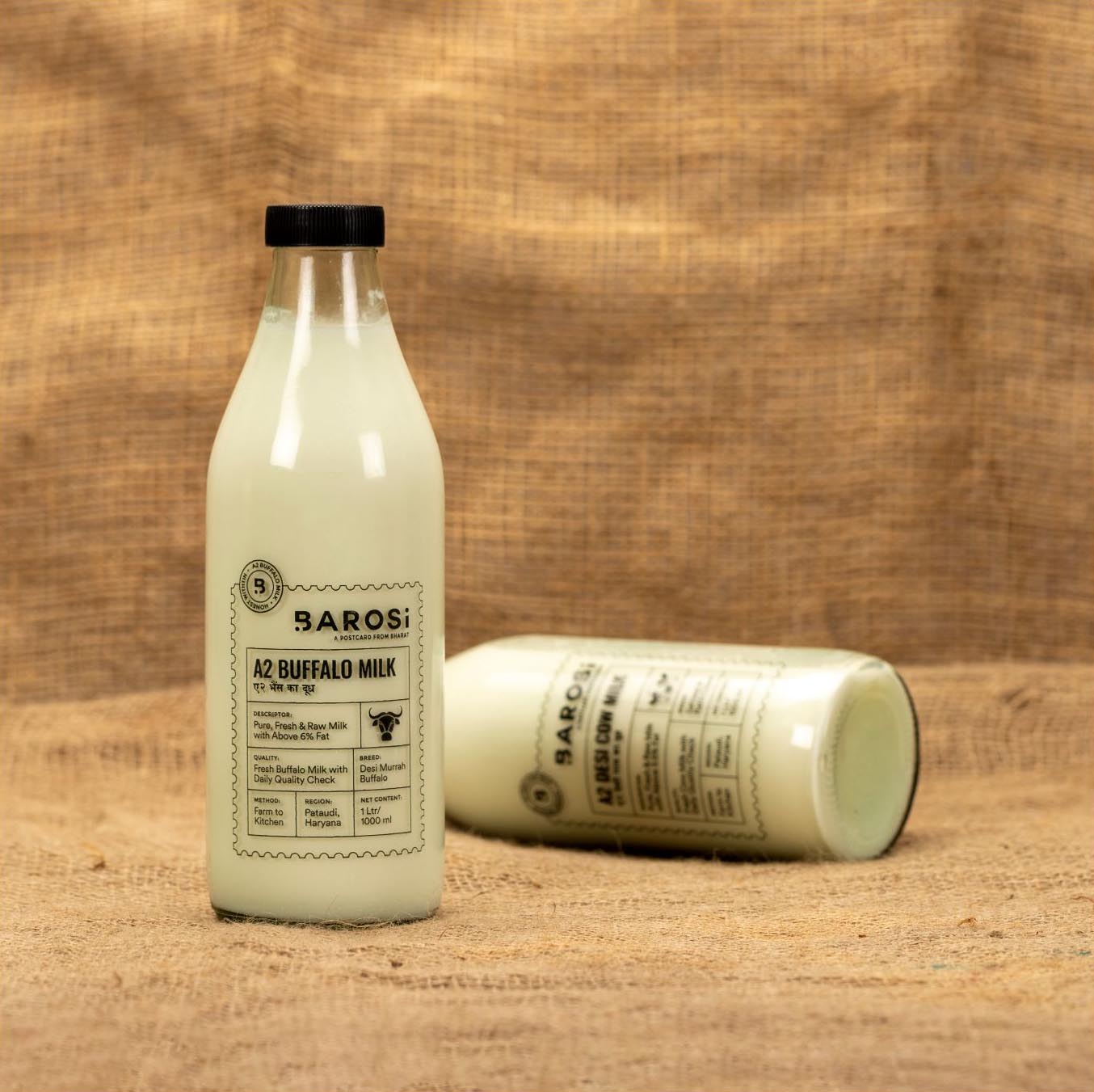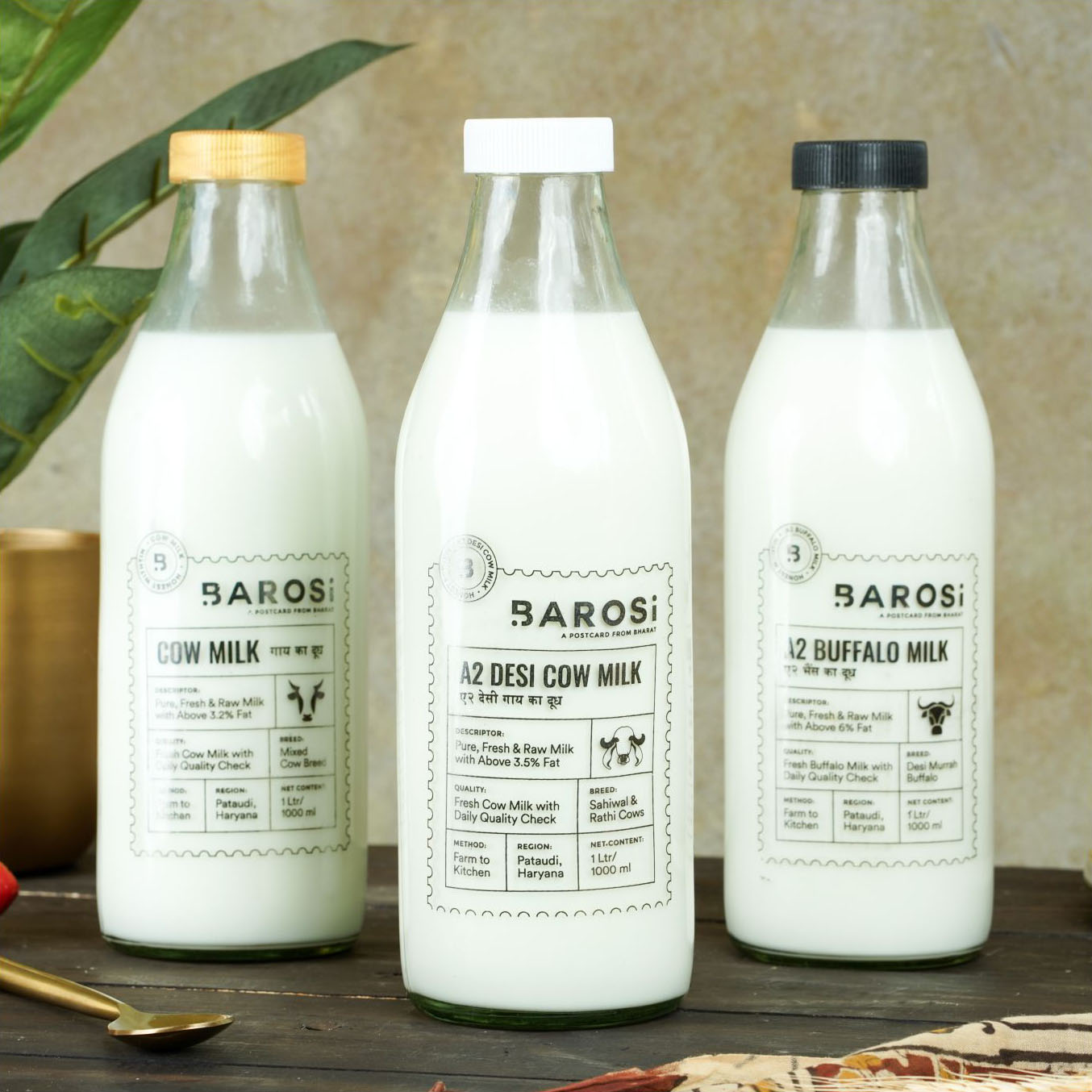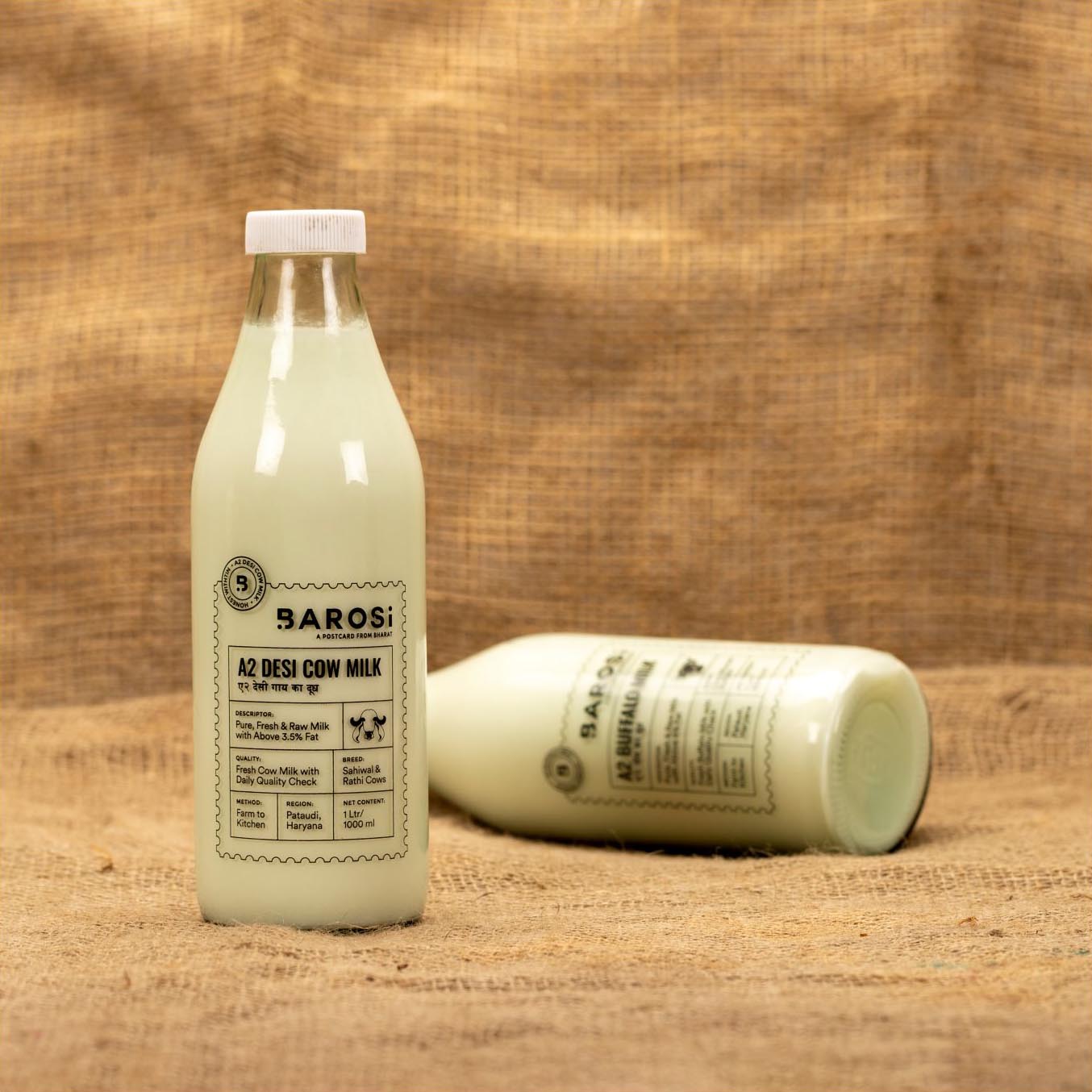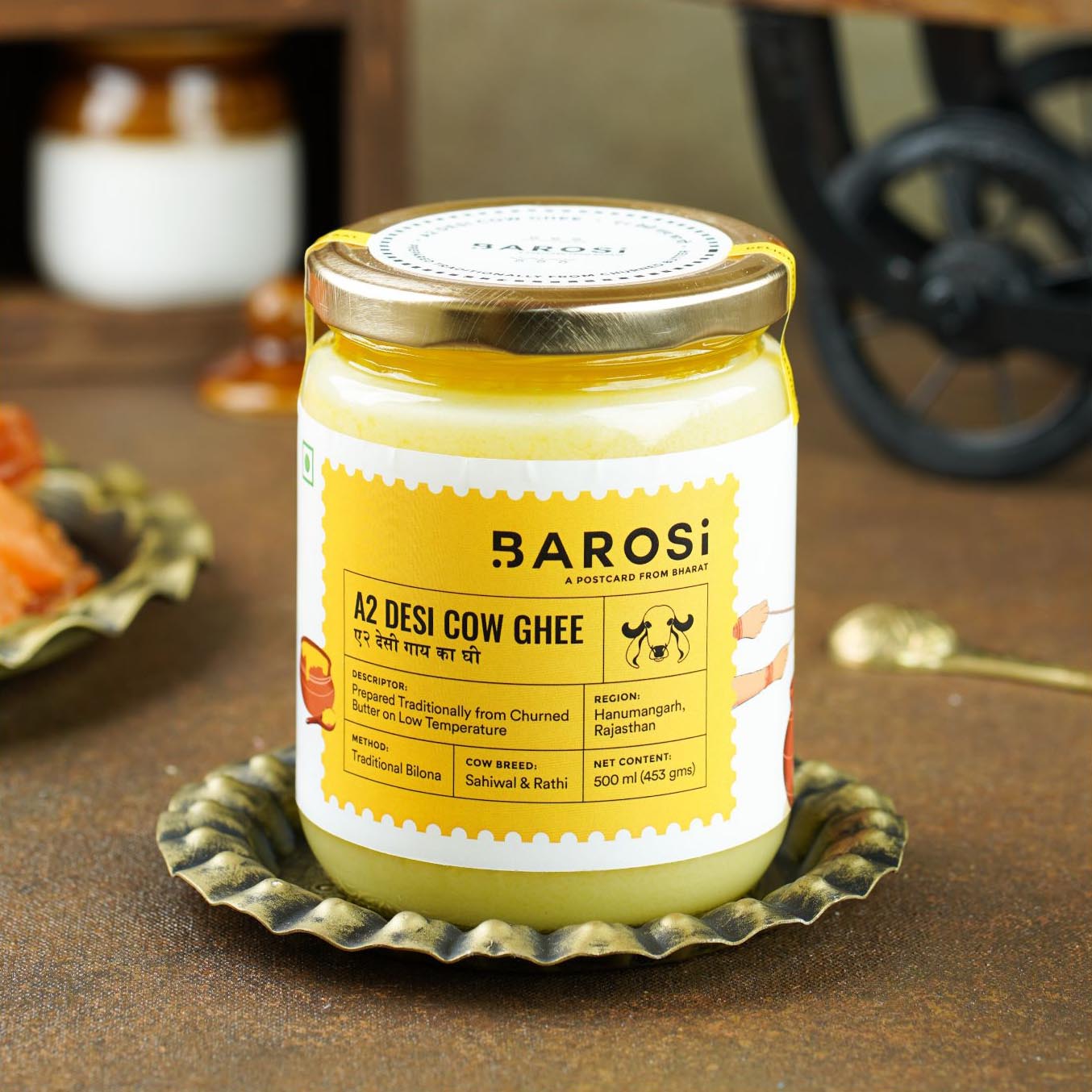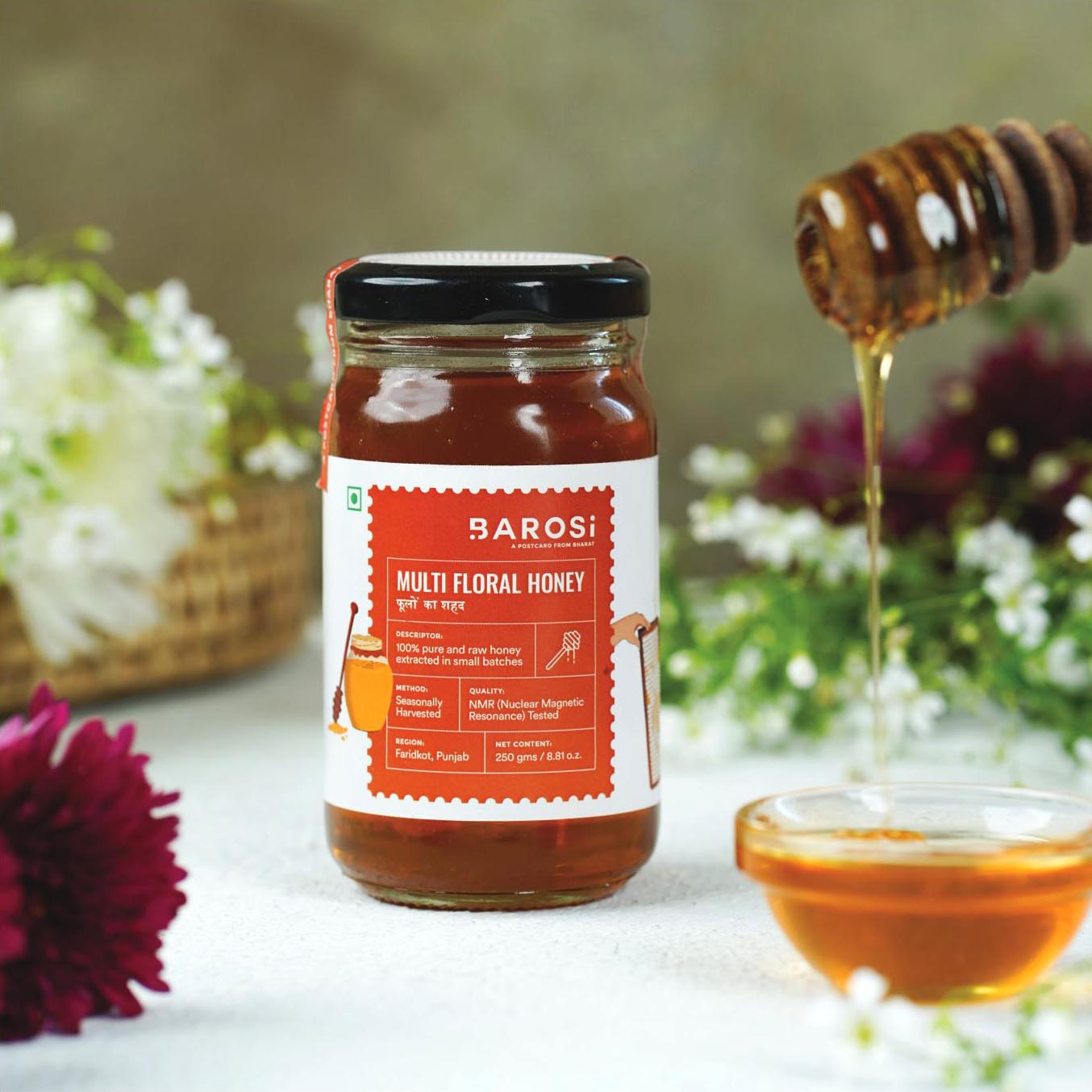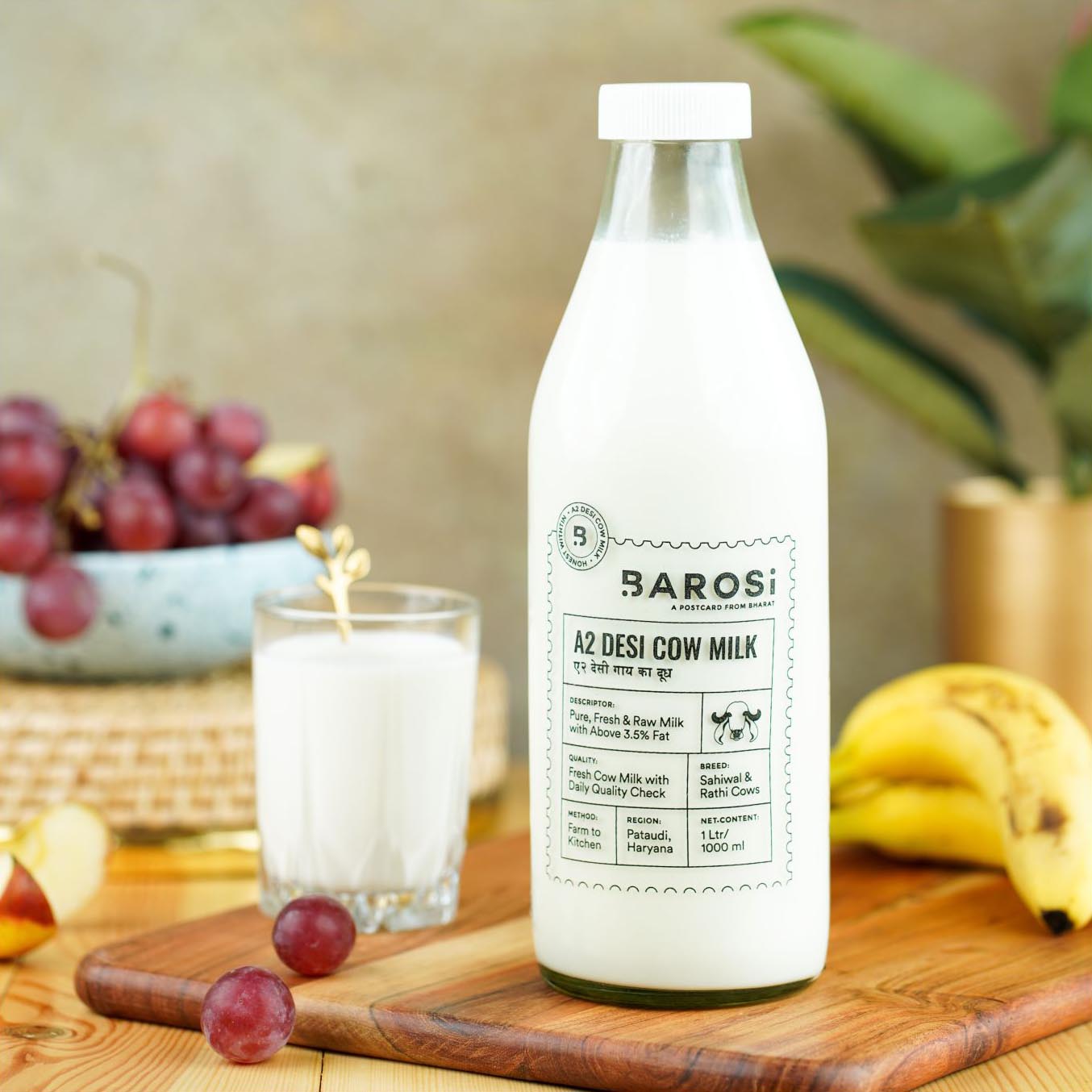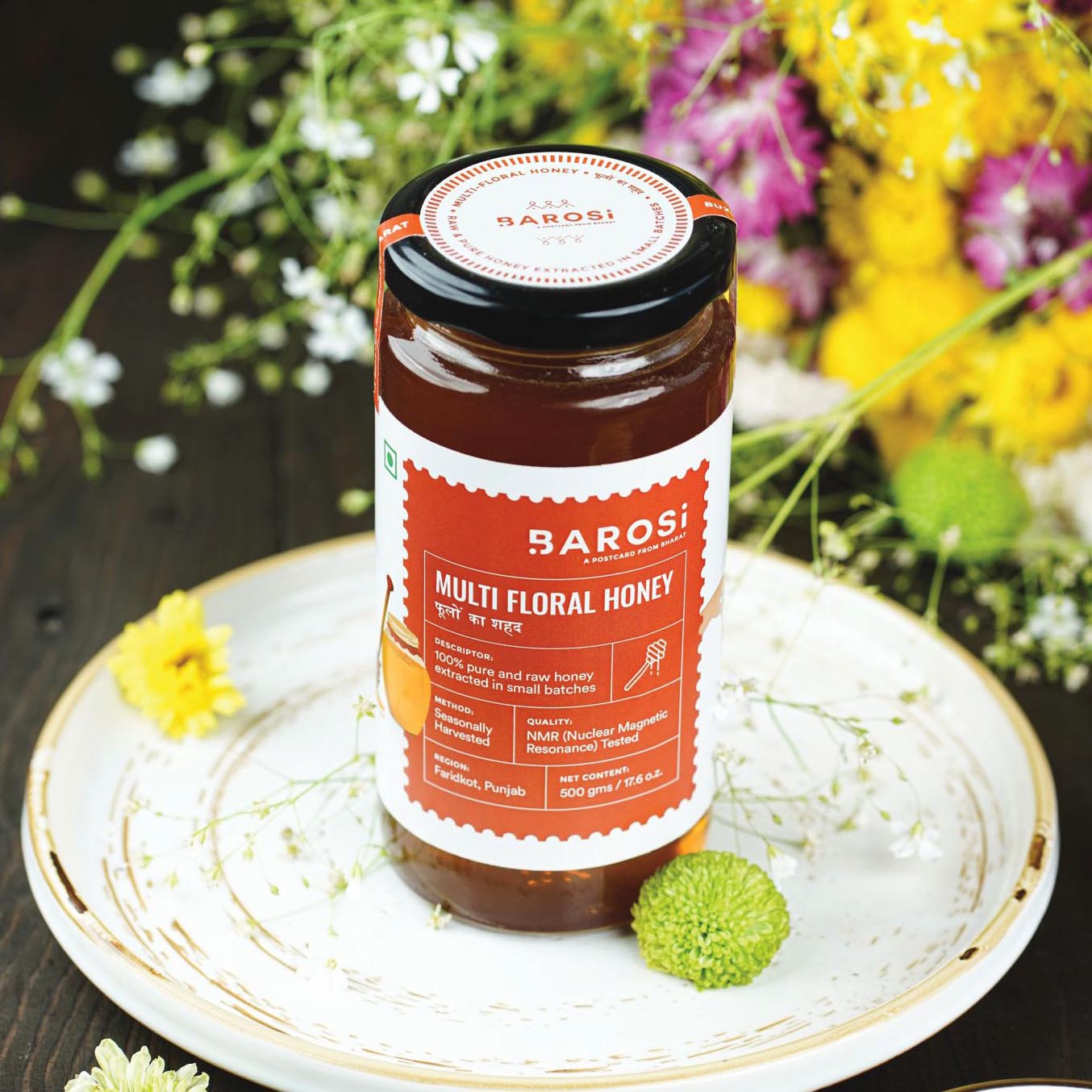Ghee or clarified butter, as known in the west, has been a part of the Indian palate for as long as the human mind can take us. The benefits of ghee have been outlined in ancient texts where this miracle dairy product has been heralded as a healer element! Today, pure ghee is known worldwide for its delectable taste in almost every dish that also serves as a healthier alternative against many cooking accessories.
Before we dive into the benefits of ghee, let's try to understand the process that undergoes in unearthing this magic material.
Ghee Nutrition - An Overview
Thanks to its inclusion in Ayurveda and its status of going beyond a simple palate accessory, ghee has gained an international reputation. It may also be the healthier alternative to regular salted butter, but we won't get into that.
A teaspoon of ghee comprises of:
- Calories - 42g
- Fat - 5g
- Protein - 0g
- Sugar - 0g
- Fiber - 0g
However, it is an excellent source of healthy fats, antioxidants, several vitamins like Vitamin A, Vitamin C, Vitamin K, Vitamin E, and Vitamin D. The presence of Vitamin E adds the extra spotlight as it is regarded for its antioxidant properties, with the potential to lower the risk of cataract, cancer, and arthritis.
Ghee Benefits: A Teaspoonful of Health
Desi ghee can be considered a healthy fat that, when consumed in moderation, allows fluid in body functioning and may also help absorb nutrients. Perhaps this is why many Indian households go for ghee while cooking their vegetables.
Ghee has a smoking point, which empowers the fat present to sustain high heat. This enables ghee to be free from the dangerous free radicals (as a result of burnt fat molecules, which may damage cells and cause illness and aging) that can lead to diseases like cholesterol etc.
Here's an overview of the benefits of ghee that you may receive upon adding it to your daily diet.
Ghee consists of butyric acid, which is instrumental in fighting against the free radicals and many other body damaging elements. It helps boost the body's immunity and improve its strength more healthily.
It is known that in Ayurveda, ghee may have been an instrumental part of the first-aid kit, where it helps treat swollen and burn areas of the body. This may be because ghee comprises butyrate, a fatty acid-rich in anti-inflammatory properties that soothe external and internal inflammations.
Boosts Cardiac Health
While ghee is rich in fat, it is good fat (unsaturated fat) enriched with a high amount of Omega - 3s. The excellent fatty acid gives way to a healthy cardiovascular system and, when taken in regulated amounts, is also known to shave down those cholesterol levels.
Pumped with conjugated linoleic acid, or CLA, ghee may have a considerable role to play in combating obesity. Much research indicates that CLA is beneficial for reducing excessive weight gain by shaving off a chunk of body fat in the human body.
Ghee May Help Fight Cancer
Thanks to the presence of CLA, ghee is great for fighting against obesity and cardiovascular diseases, and certain types of cancer! CLA are cancer-fighting agents, and their company in the humble ghee may amp it up as a cancer-fighting food as well.
Ghee Adds the Gloss to Hair and Skin
Ghee has been a natural moisturizer for over centuries now. Women in the past are known to scoop up a coin-sized amount of ghee and apply it to their skin and hair to add a layer of moisture and sheen. When used on the scalp, ghee rids the hair of dryness, dandruff, and itchiness. For a lustrous mane, apply ghee on your hair and let it rest for a couple of hours before washing it off.
A Great Alternative for those with Dairy Allergies
Ghee is usually made by separating the milk solids and contains traces of proteins and lactose, making it the perfect safe dairy for lactose intolerance.
How to Identify Pure Ghee?
There are few home-based tests that you can undertake to check for the purity of the ghee.
Palm Test
All you have to do is take a teaspoon of ghee on your palms. If it melts by mere contact, it is pure since unadulterated ghee's melting temperature is similar to the body temperature.
This is one of the most accessible tests you can undertake to identify the purity of the ghee. Take a teaspoonful of ghee and heat it in a vessel. If the ghee melts instantly and has taken on a dark brown shade, then your ghee is pure and healthy. If the ghee does not melt instantly and continues to have a yellowish hue, then your ghee might be adulterated.
To check for starch in your ghee, add a few drops of iodine in melted ghee. Wait for a few minutes. If the mixture turns purple, it is indicative of the presence of starch, usually contributed by mashed potatoes. Your ghee is not pure in this case.
The Double-Boiler Method Check
This test is usually undertaken to check for traces of coconut oil. Melt the ghee in a double boiler and let it rest for a couple of hours in the fridge. If there is a clear distinction, your other layer is coconut oil, and your ghee is adulterated.
A teaspoon of melted ghee in a transparent bottle, when mixed with sugar, is often a good test for the presence of vegetable oil in your ghee. Add the elements and shake well. Wait for a few minutes. If your mix has a red hue at the vessel's bottom, your ghee comprises vegetable oil and is not pure.
How to Make Ghee
Ghee is one of the most homely items you will come across in your kitchen.
To get started, take 1 cup of unsalted butter and melt it at low heat. Allow it to heat for some time and bring it to a simmer.
You might find bits of milk solids and foam at the surface. Scoop it out as much as possible.
Continue the low heating for another 15-20 minutes until you can see the melted butter now taking a golden-yellow colour and the milk solids are settling down.
You should be able to breathe in a rich and nutty aroma that wafts in your kitchen now.
Take it off the heat and allow it to cool. You can now take a muslin or cheesecloth to filter the solid parts and pour the golden liquid into a jar, secured with a tight lid.
Say hello to your perfect ghee.
However, if you are short on time but don't want to compromise on the quality, Barosi's A2 cow ghee or buffalo ghee can be delivered right to your doorstep.
Ghee has a pan-India and now a global presence. The benefits of ghee surpass much dietary diversity and is now a part of the worldwide cuisine, where food enthusiasts and health-watchers are switching to this good fat version to enrich their daily diet.
Keep reading our blog to know more about authentic dairy and how it can enrich your health and palate.
